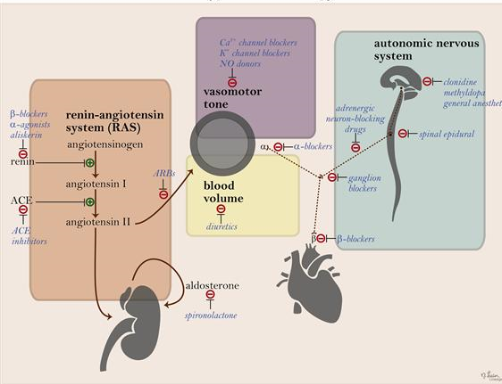
James Black
58, Male
The main findings on examination and their physiological explanation are as follows:
The findings for this patient indicate that he is in a regular rhythm at a normal rate with no signs of cardiorespiratory distress. He has a blood pressure recording consistent with his diagnosis of hypertension and is obese with a BMI of 35. He also has mild pitting oedema (which may indicate signs of fluid retention, although amlodipine can often cause swelling of ankles). His urinalysis indicates potential end-organ damage (hypertensive and/or diabetic).
AF can develop as a result of longstanding hypertension and is associated with conditions of obesity and diabetes. He has signs of fluid retention in the ankles that may indicate a degree of heart failure. He is currently in sinus rhythm with a normal heart rate and so is not symptomatic at this time. Signs of complications from long-standing hypertension and diabetes are noted in the urinalysis. This will need further targeted investigation (e.g. renal function tests and tests for proteinuria).
See below for further learning material related to this case:
Hypertension
Diagnosis: (see NICE guidelines). If BP is consistently above 140/80 mmHg or above 130/80 mmHg with evidence of end-organ damage.
Working out 10-yr cardiovascular risk and explain the consequences of end-organ damage from hypertension and diabetes (stroke, heart failure, renal failure)
Initiating antihypertensives algorithm: UK treatment algorithm of hypertension according to NICE (stepwise treatment).
To explain the above
Use information from JBS3 - Joint British Societies’ consensus recommendations for the prevention of cardiovascular disease (Source: Heart 2014;100:ii1-ii67).
Use the JBS3 risk calculator to advise him in clinic - students could do a worked example inputting the data from this case
How the drugs work (pharmacology and physiology)
